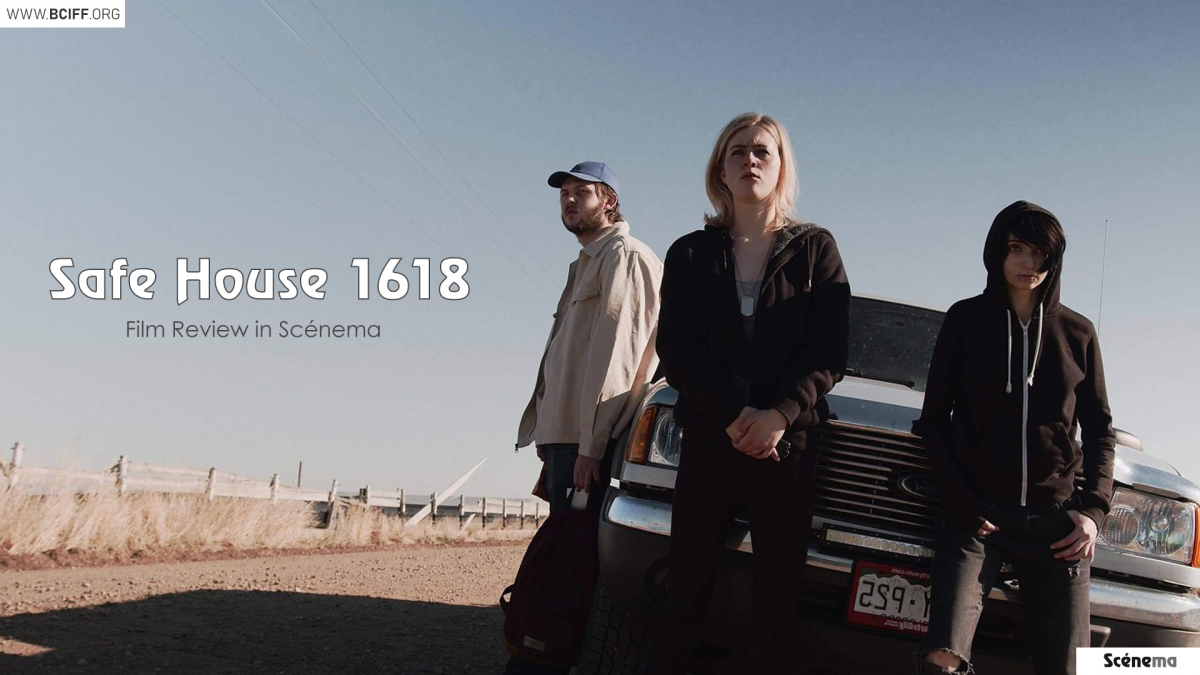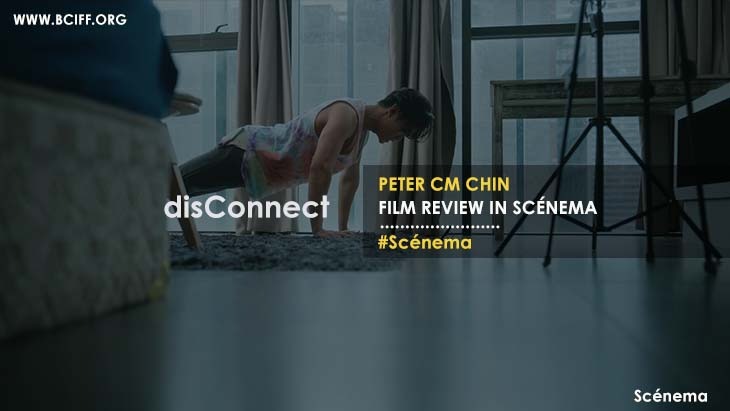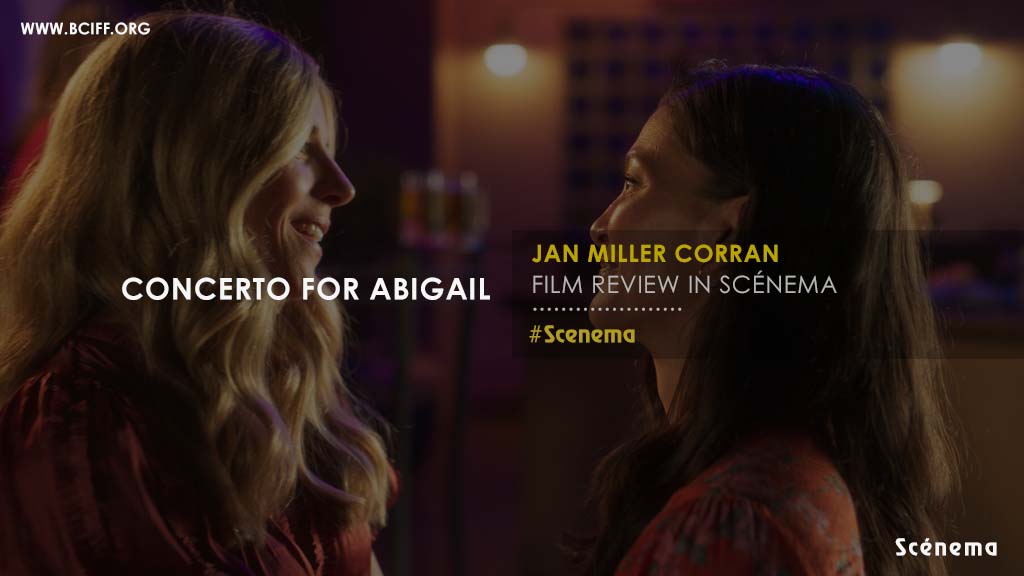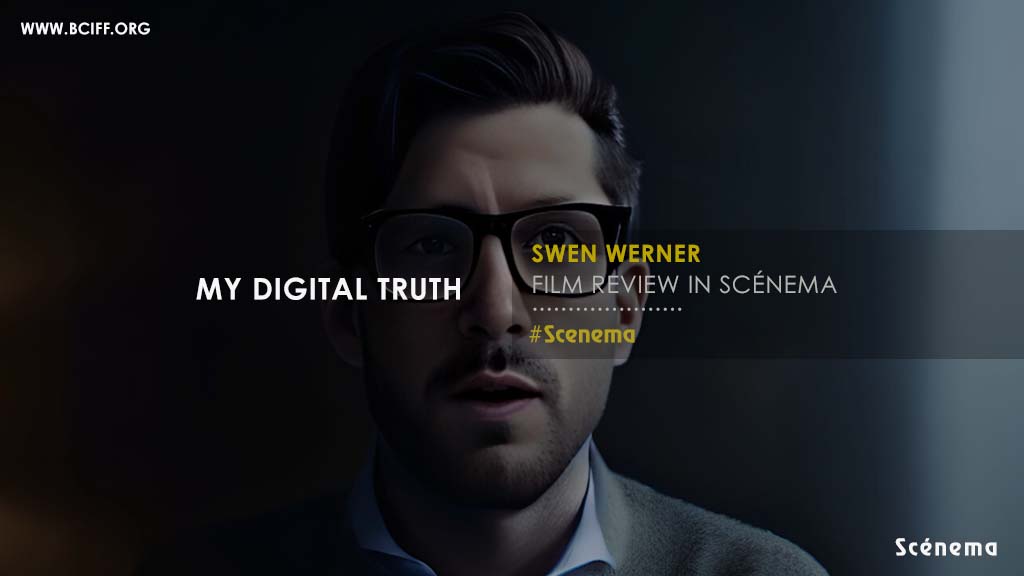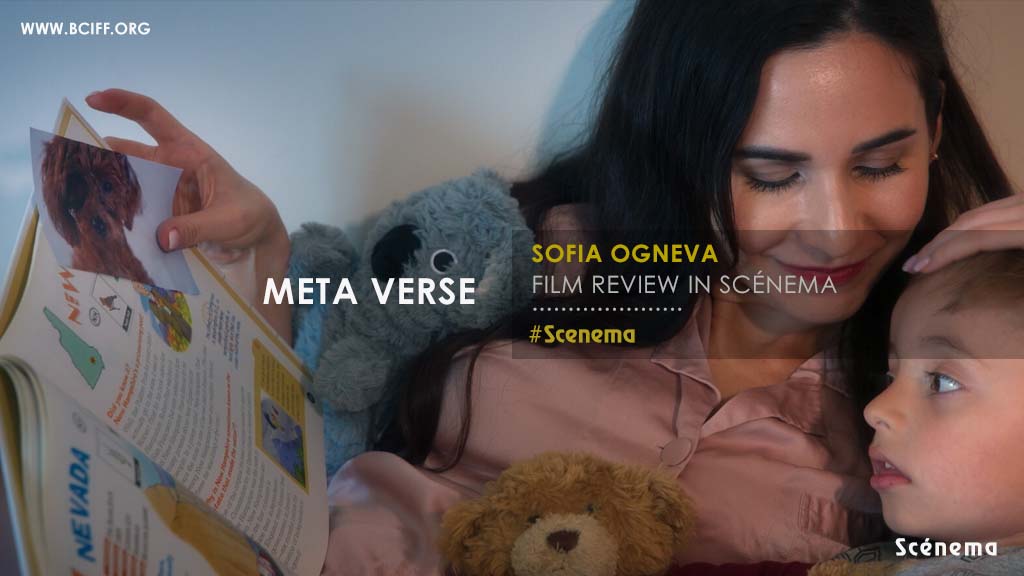Movie: Safehouse 1618
Director : Calvin T. Shepherd
Calvin T. Shepherd’s new venture “Safehouse 1618” is a movie born out of captivity. The semi slasher crime film is a poignant exploration of both hostility and freedom. Calvin Shepherd’s brainchild came into the picture during the first wave of covid pandemic when the lives across the globe were tossed, turned and disrupted, and that chaos is shown throughout the movie.
The movie revolves around three runaway sisters, along with their cab driver, trapped inside a house after the siblings fulfill a past vengeance. The house helps them to hide themselves from the surveillance. The sisters not only fight against their internal struggles, but also they are pitted against the power positions. Their enmity with the senator paves the way of their obstacles.
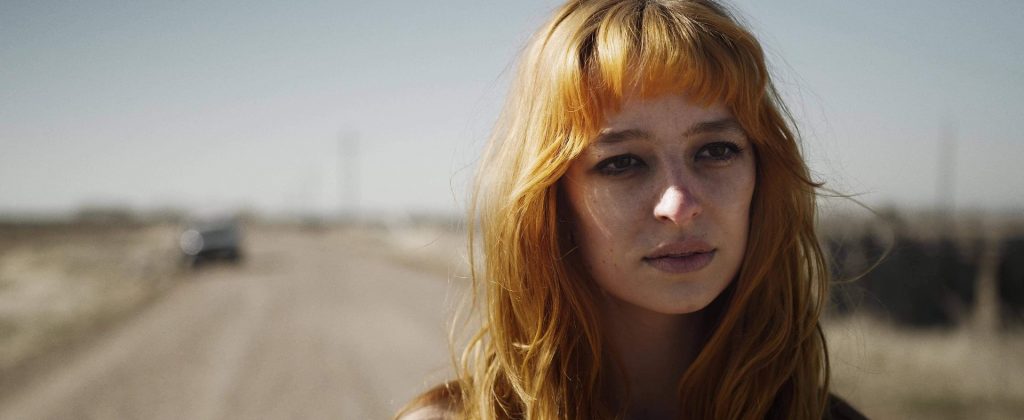
Jasmine Day, Matison Card and Brittney Carpenter play the Holt sisters : Joelene, Lee and Jamie, respectively. Jasmine Day stands out the most with her nuances as apparently carefree but the most scarred Joelene Halt. Madison Card is a brilliant performer and it’s a loss to see so less of her on screen. Wish her Lee had gotten a little more space. The entire cast have been stellar and at par, becoming the perfect complement to the cinematography.
Entrapment is a predominant theme of this movie. The Holt sisters find themselves in the Safehouse while they are hiding. The sense of comfort that the house associated with the movie title provides before the movie begins, quickly turns into a claustrophobic structure. The safehouse is perhaps everything but safe.

The movie might remind one of “The Shining” by Stanley Kubrick in terms of treatment and camerawork. In terms of content, Shepherd uses his and his team’s experience in Pandemic as a reference to build up the scenes.
We humans are merely puppets to the circumstances. They prefix our evey movement, sometimes leaving us lost, empty and howling – the movie has been a journey of exactly that. The silence sometimes screams through the screen making its viewers jolted and nauseated.
Shepherd’s attempt has been earnest and his brilliance and prospect shine through each shot. Slasher films are generally gory and blunt but Shepherd has been able to explore the interpersonal relationships with subtlety. The sisters share a disjointed connection. They are together in their safehouse,yet so distant from each other. Within their collective isolation, each of them have made space for their personal ones. The cab driver stands as a symbol of inactive, passive existence. His apparently insignificant presence in the storyline keeps on reminding us of the helplessness of the humans. The killer, initially referred to as “No-one” also represents a hollowed existence. His identity has no gravity on its own, only attributes are at work for him. His act of disposing of the fresh Caesar salad bowl after Jamie’s call seems like a silent scream for comfort and companionship.
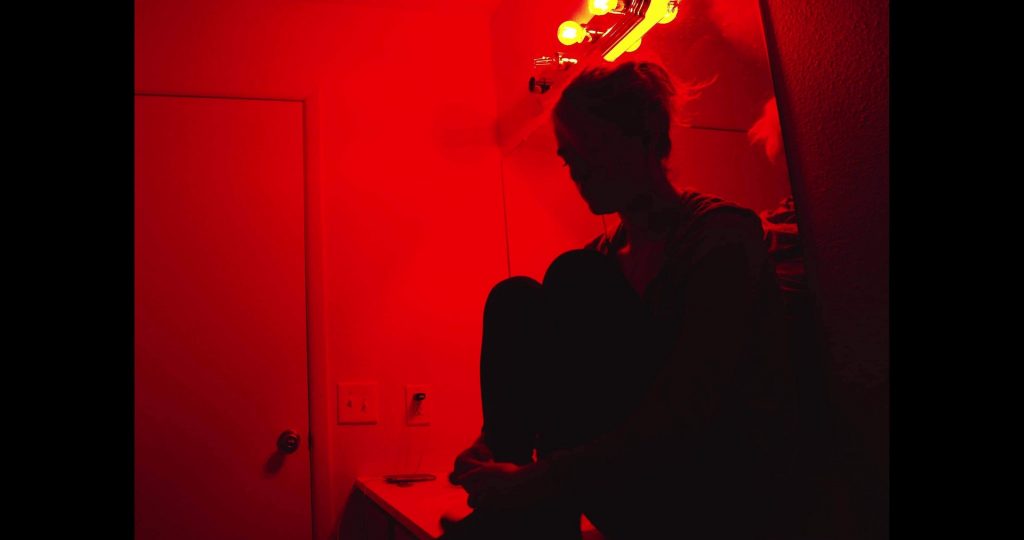
The film is tightly held from its first shot, the quirky camerawork heightens the sense of suspense and thrill. Even after that, the film looks a little lengthy towards the middle part, but that doesn’t affect the greatly pictured and brilliantly crafted final part. The film could have been edited a bit, cutting its runtime by 12 to 15 minutes, to make it more impactful.

